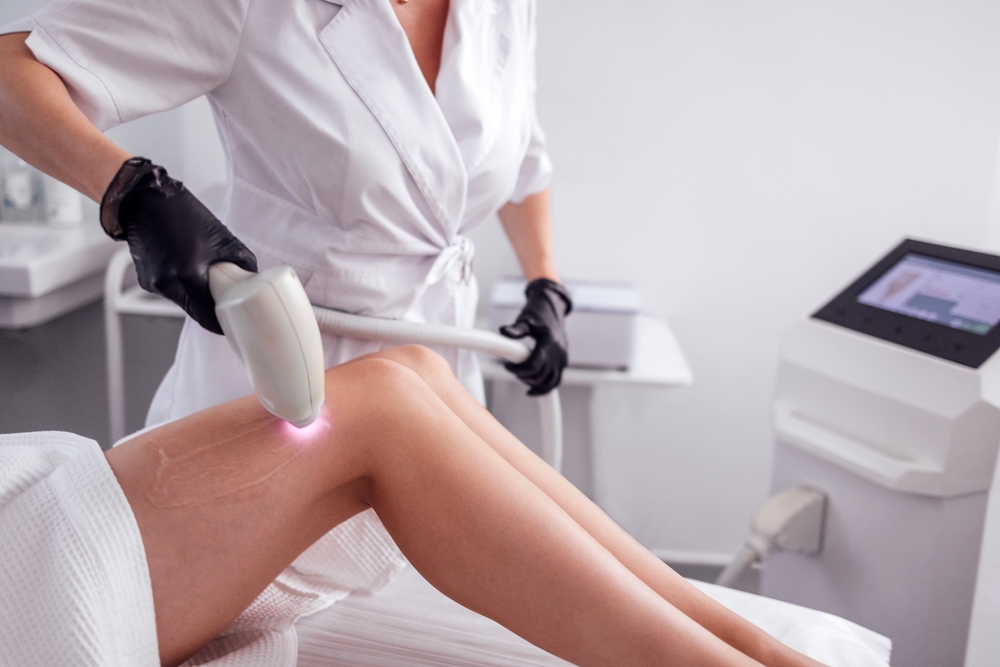What You Need to Know About Laser Skin Treatments in the United States in 2025
Did you know that advanced laser treatments can significantly reduce wrinkles and scars with minimal downtime? Learn how understanding costs, treatment options, and recovery can help you make confident decisions for radiant, youthful skin in the United States.

How Laser Skin Treatments Work for Facial Rejuvenation
Laser skin treatments emit concentrated energy into the skin layers, which can stimulate collagen and elastin production, improving skin texture and firmness. Common laser technologies in use during 2025 include:
- Fractional Laser Resurfacing: Targets small skin sections at once to encourage quicker healing. Systems like the Halo Fractionated Resurfacing laser are designed to boost collagen regeneration.
- CO2 Ablative Lasers: Seen as more aggressive, these lasers remove damaged surface skin layers and usually require a longer recovery.
- Fraxel Laser: Provides fractional treatment with levels ranging from mild to stronger intensity to address skin tone, wrinkles, and scars.
- Morpheus8: Merges fractional laser with radiofrequency to reach deeper skin layers while aiming to reduce downtime.
- Advanced Fluorescence Technology (AFT): Utilizes pulsed light to treat pigmentation issues, acne, and vascular lesions, often with less discomfort.
These procedures are mainly performed on the face but can also be used on the neck, chest, and hands depending on specific skin concerns.
Eligibility and Treatment Expectations
Those considering laser skin rejuvenation typically meet the following criteria:
- Concerns such as fine lines, sun damage, uneven texture, scars, or mild laxity.
- Not pregnant or nursing.
- No active acne or immune system disorders.
- Willingness to follow pre- and post-treatment care, including avoiding sun exposure and certain drugs.
Topical numbing creams or anesthesia may be applied during sessions to lessen discomfort. Treatments generally last between 20 and 60 minutes depending on the laser type. Aftercare effects can involve redness, swelling, peeling, and skin sensitivity similar to sunburn, with recovery ranging from one day up to two weeks based on treatment strength.
Treatment Process and Frequency
Laser skin rejuvenation usually involves a series of 3 to 5 sessions spaced over weeks or months to gradually enhance results. Some patients may observe improvements after just one session; however, multiple treatments can better address deep wrinkles, scars, and discoloration and help prolong effects.
The typical procedure starts with a consultation to assess skin type and condition, tailor laser settings, prepare for treatment, and provide aftercare guidance to promote healing and maintain outcomes.
Costs Associated with Laser Skin Rejuvenation in the USA
The costs of laser skin rejuvenation vary depending on the laser technology, treatment area, provider expertise, and geographic region. Average price ranges in 2025 include:
- Fractional Laser Resurfacing: $400 to $2,500 per session.
- Full-Face Halo Laser Treatment: $1,000 to $2,400 per session.
- CO2 Ablative Laser: $1,000 to $5,000 per treatment due to intensity and recovery duration.
- Fraxel Laser Treatments: $900 to $1,500 per session for full-face procedures.
Prices may be higher in large metropolitan locations and when procedures are performed by board-certified dermatologists or plastic surgeons. Additional expenses to account for include consultation fees, skin prep products, aftercare kits, and any follow-up or maintenance treatments selected to sustain longer-lasting results.
Payment Options and Insurance Considerations
Laser skin rejuvenation is typically deemed a cosmetic procedure and is generally not covered by health insurance. Some providers may document medical necessity for partial insurance benefits in certain cases.
Many clinics offer financing options such as payment plans or third-party lenders like CareCredit to support affordability. In some situations, patients can use Health Savings Accounts (HSA) or Flexible Spending Accounts (FSA) if applicable.
Factors to Consider When Choosing a Laser Skin Treatment Clinic
Selecting a qualified provider ensures safety and helps achieve desired outcomes. When choosing a clinic, take into account:
- Verification of board certification and experience with laser skin therapies.
- Details about laser technologies offered and compatibility with your skin type.
- Access to before-and-after images for realistic expectations.
- Information about session length, anticipated downtime, potential side effects, and aftercare protocols.
- Transparent explanation of pricing, including what services and supplies are covered or additional.
- Availability of financing options if needed.
Some clinics, like Spa26 in Beverly Hills and The Spa Clinic in Northern Virginia, are recognized for using advanced fractional and ablative lasers with individualized treatment plans. Individuals are advised to consult local dermatologists or accredited medical spas that have strong reviews and professional credentials.
Recovery and Maintenance of Results
Post-treatment care is vital to support skin healing and extend results. Common guidelines include:
- Avoiding direct sun exposure and applying broad-spectrum sunscreen every day.
- Using recommended moisturizers and gentle skincare products.
- Following all care instructions provided by healthcare providers regarding wound care and activity restrictions.
With proper care, results may last from 1 to 5 years. Maintaining a regular skincare routine and scheduling periodic maintenance sessions can help preserve rejuvenation effects.
Laser facial rejuvenation in 2025 provides a range of treatment choices with different technologies and cost factors. Comprehensive consultations and tailored treatment plans are recommended to help achieve desired skin improvements with attention to safety and realistic expectations.
Sources
- Spa26 - Fractional Laser Resurfacing Cost
- Thervo - Laser Resurfacing Cost
- The Spa Clinic - Laser Skin Rejuvenation
Disclaimer: All content, including text, graphics, images and information, contained on or available through this web site is for general information purposes only. The information and materials contained in these pages and the terms, conditions and descriptions that appear, are subject to change without notice.




